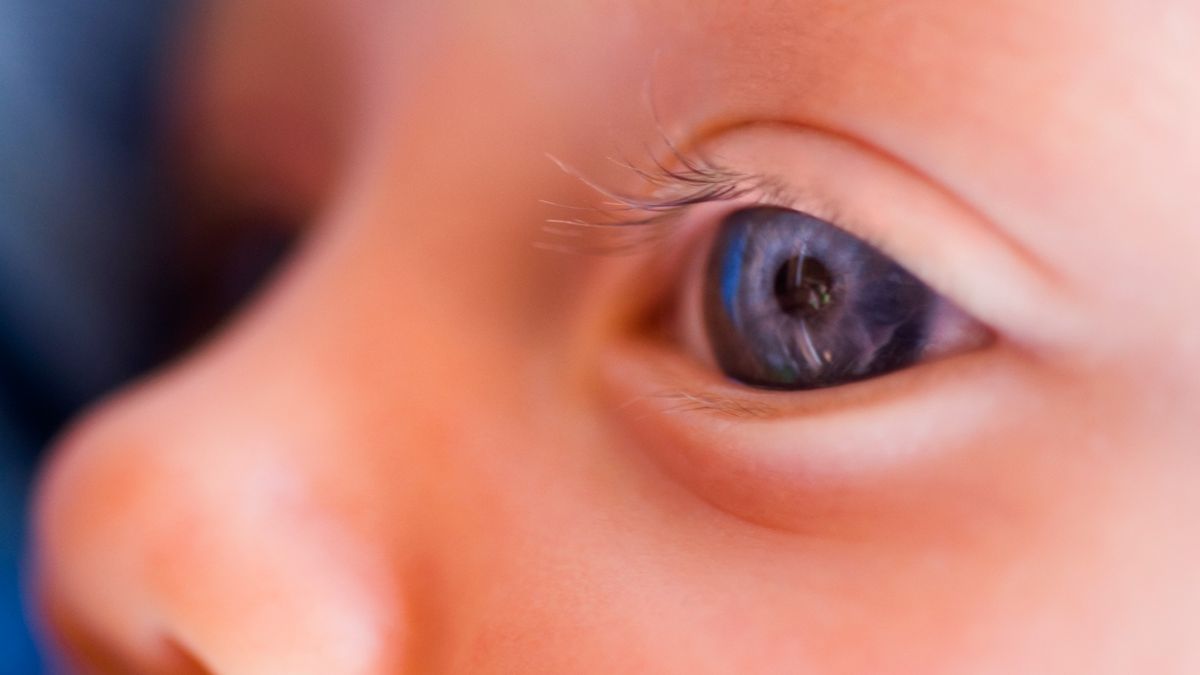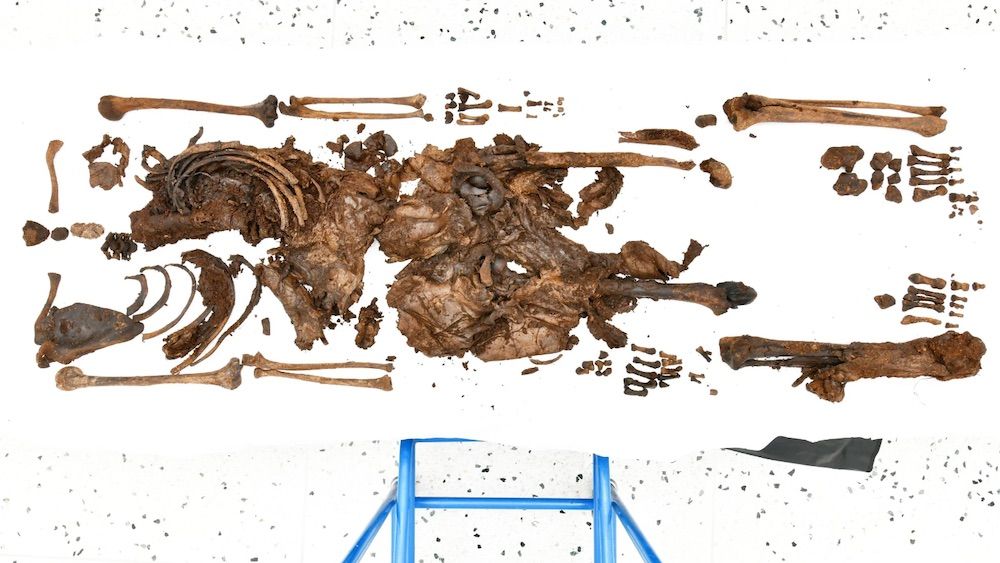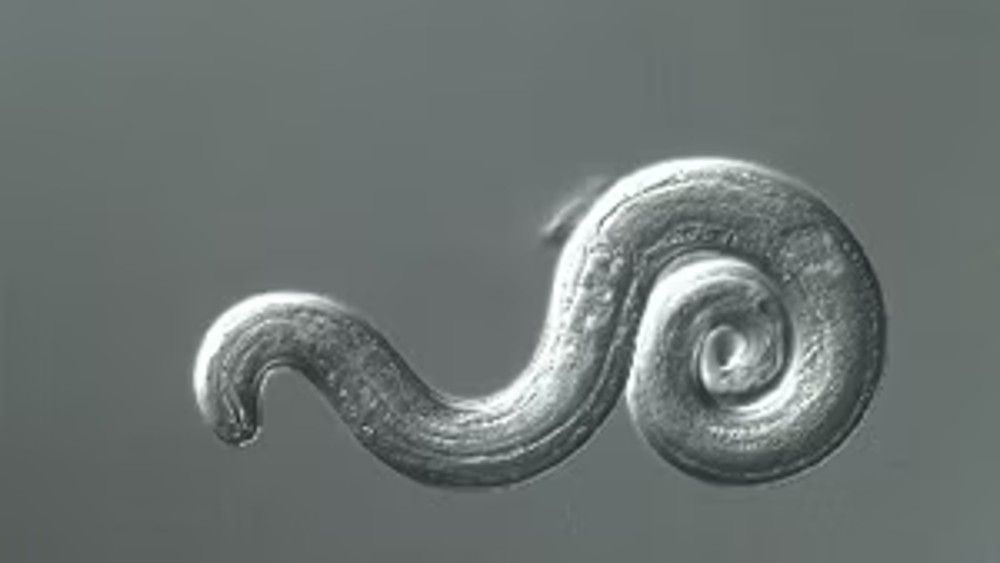Disease name: Norrie disease
Affected populations: Norrie disease is an extremely rare, inherited genetic disorder that causes vision loss and was first described in Denmark in 1927. The exact incidence of Norrie disease in the population is unknown, but around 500 cases have been reported worldwide. The disease mainly affects males, and when females do develop it, they tend to experience milder symptoms.
Causes: Norrie disease is caused by more than 100 different types of mutation in a gene called Norrin cysteine knot growth factor (NDP). The gene codes for a protein called norrin, which is essential for cell and tissue development and is believed to help protect neurons in the retina, the light-sensitive tissue at the back of the eye. The protein also plays a role in the formation of blood vessels in this area of the eye and in the inner ear.
The NDP gene is found on the X chromosome — otherwise known as the female sex chromosome. (Human females typically have two X chromosomes (XX) — one of which is inherited from each parent — while males have an X and a Y (XY), the latter being the male sex chromosome.)
Related: Weird ‘gut-eye axis’ links the retina and intestines, and may help explain glaucoma
Norrie disease is inherited in a recessive manner, meaning that people have to inherit two copies of the mutated NDP gene — one from each parent — to develop the condition. However, because males typically inherit just one X chromosome, if that chromosome contains the faulty gene, they will definitely develop the condition. Females, meanwhile, may be “protected” by having a second, working copy of the gene on their other X chromosome. This likely explains why most patients with Norrie disease are male, and affected females tend to have milder symptoms.
Symptoms: The main symptom of Norrie disease is vision loss. As a result of mutations in NDP, the retinas don’t form properly and then detach from the backs of the eyes, leading to complete blindness in both eyes. This usually happens at birth or within a few months of birth.
An ophthalmologist may also detect other signs of the condition while conducting an eye exam, such as widened or white pupils, as well as bleeding in the center of the eye or clouding of the lens of the eye, known as cataracts. Some of these symptoms may be visible at birth, but others may develop months or years later.
Beyond vision loss, approximately 30% of patients with Norrie disease also develop progressive hearing loss because of the condition — usually around the age of 12 — and between 30% and 50% experience developmental delays in motor skills, including sitting up and walking.
There are also behavioral symptoms associated with Norrie disease. For instance, around 1 in 4 patients may have episodes of uncontrollable or inappropriate laughing or crying. A similar percentage of patients with Norrie disease also have autism, and approximately 1 in 10 may experience seizures.
Treatments: There are no clinical treatments to prevent the hearing loss or blindness associated with Norrie disease. However, scientists are trying to develop new gene therapies to treat the disorder, namely by replacing the faulty NDP gene with a functional copy. For example, a 2023 study found that gene therapy could stop hearing loss associated with Norrie disease in mice.
In the meantime, cochlear implants can significantly improve the quality of life of the patients with hearing loss. Patients may also benefit from using hearing aids, or undergoing eye surgery to help preserve some of their vision at the earlier stages of the disease before it is lost.
This article is for informational purposes only and is not meant to offer medical advice.













